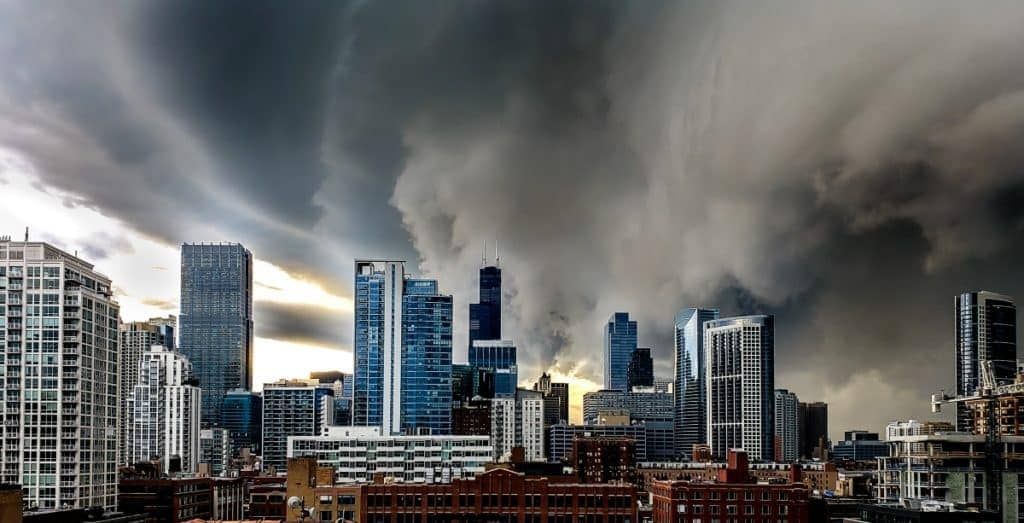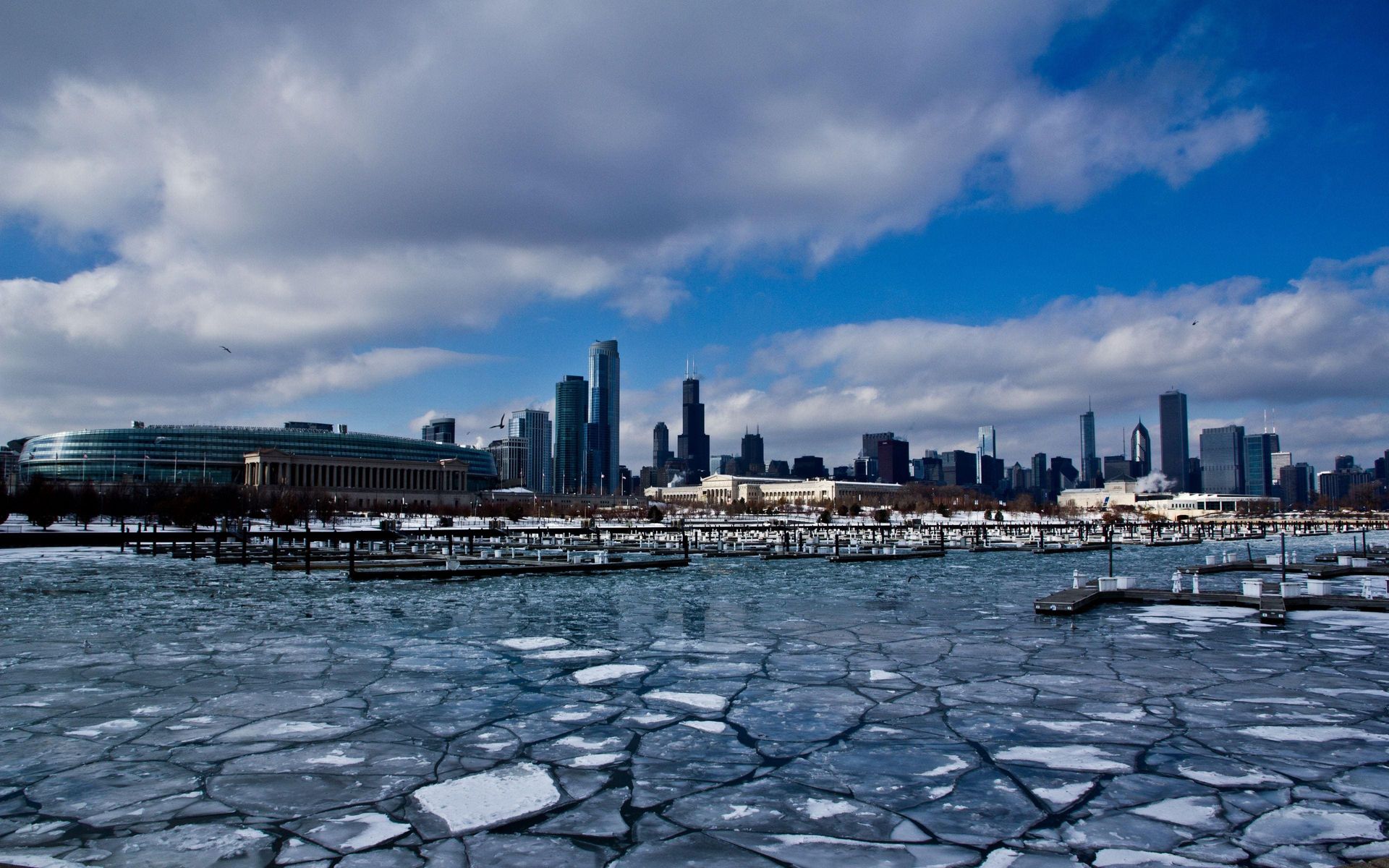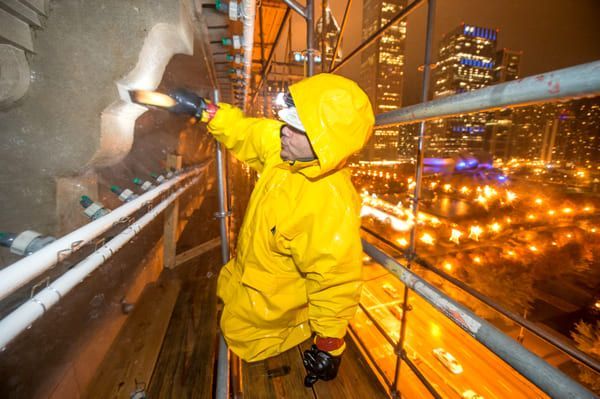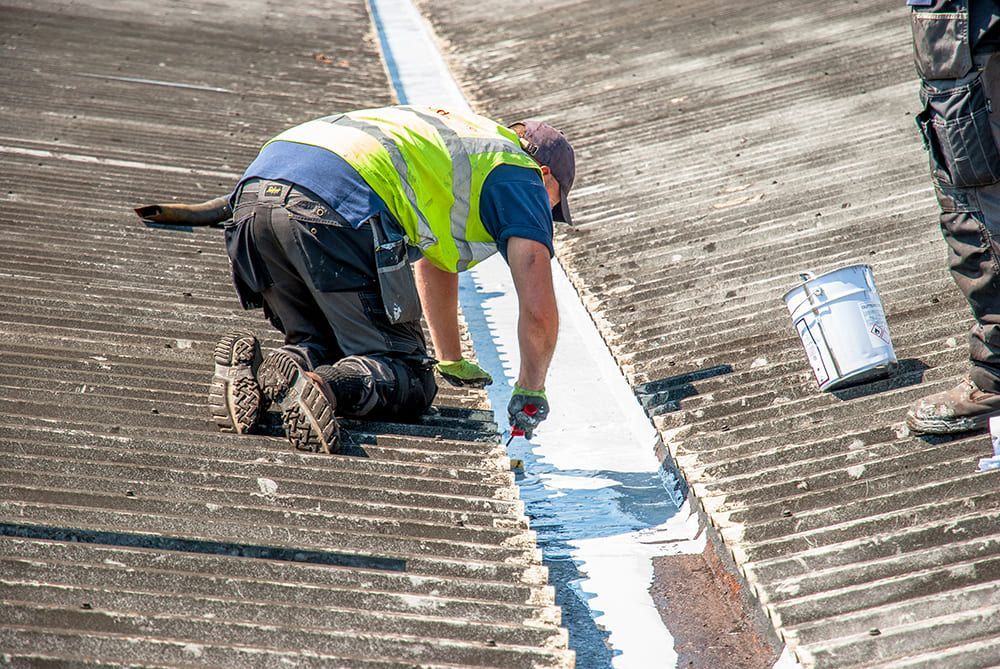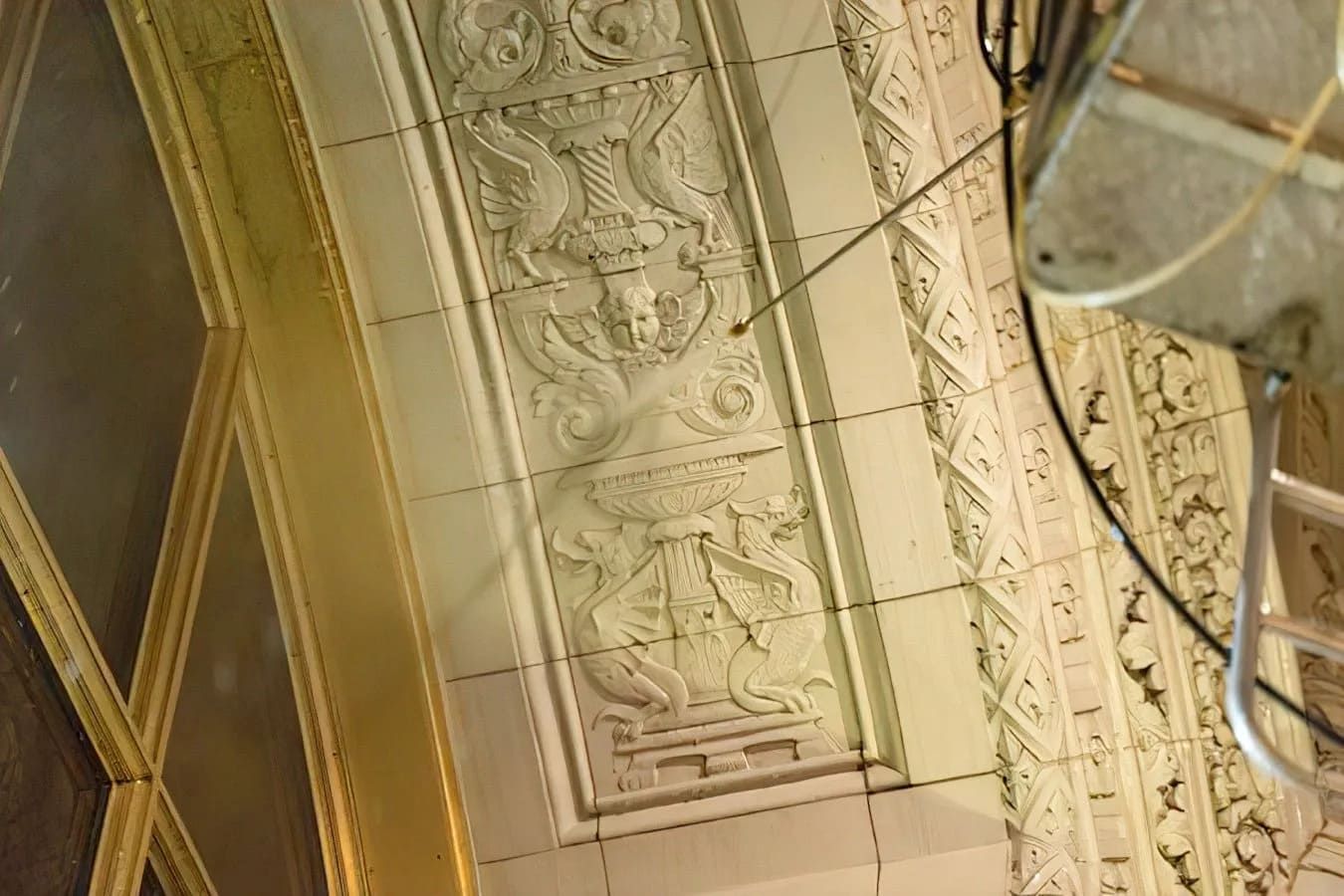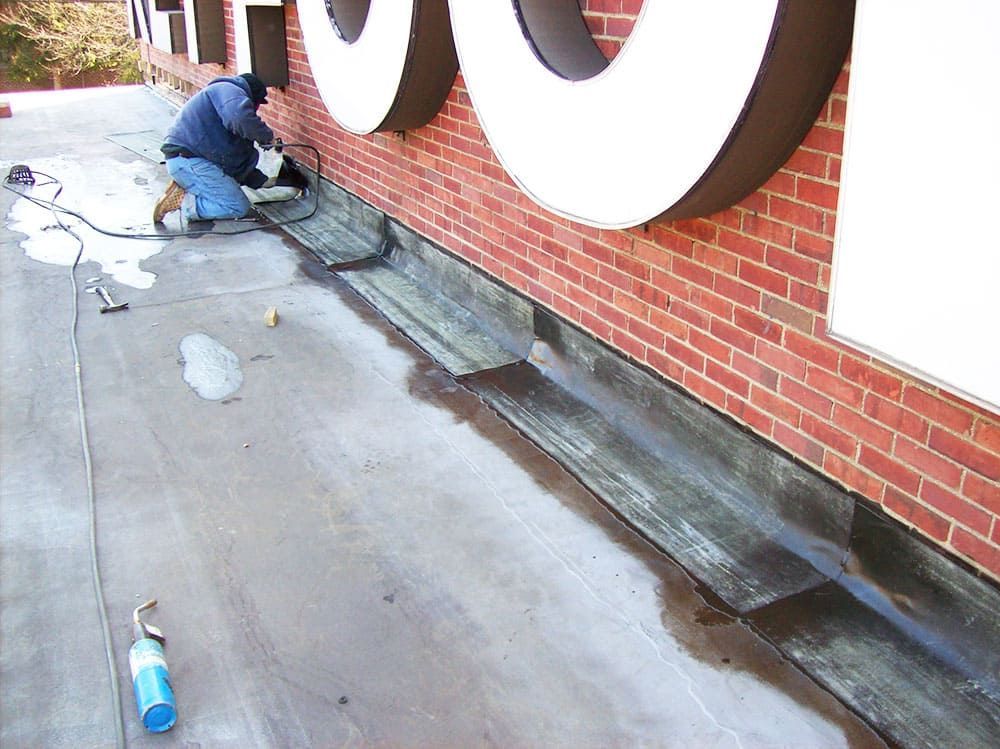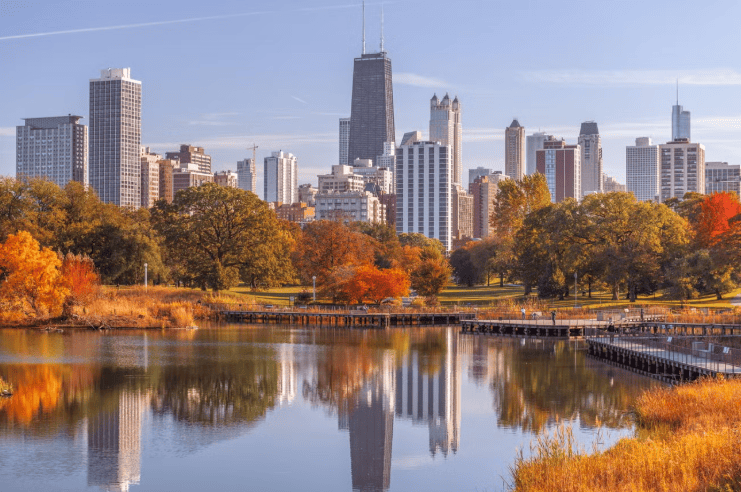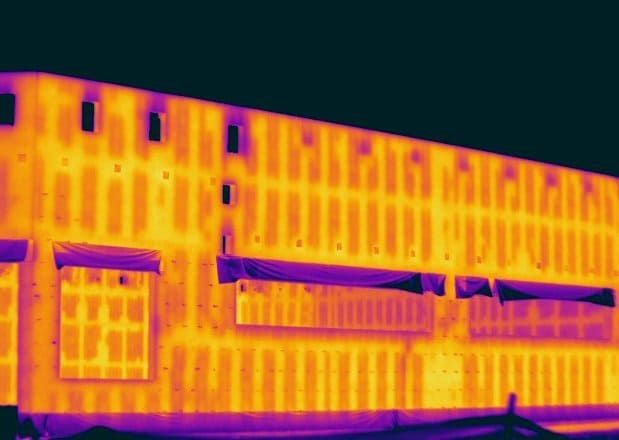Chicago’s summer storms are more than just a temporary nuisance. Heavy rains, high winds, and rapid temperature fluctuations can cause long-term damage to masonry structures. Property managers must stay ahead of potential issues to avoid costly repairs. Understanding how summer storms affect masonry will help you develop a proactive maintenance strategy.
The Impact of Summer Storms on Masonry
1. Water Infiltration and Moisture Damage
Even in summer, moisture infiltration is a leading cause of masonry deterioration. Chicago storms bring heavy rainfall, which seeps into porous materials like brick, limestone, and mortar. For instance, May is typically the wettest month in Chicago, averaging 4.8 inches of precipitation. If water becomes trapped inside masonry, it weakens the structure over time, leading to cracks and spalling.
Common areas vulnerable to water damage:
- Commercial concrete facade repair and restoration services are essential for addressing cracks and water damage in high-rise and mid-rise buildings caused by prolonged moisture exposure.
- Masonry lintel repair may be required where moisture penetration has corroded embedded steel supports.
2. Wind and Structural Stress
Chicago is known as the 'Windy City,' and summer storms intensify wind loads on masonry buildings. While the city's average wind speed is around 10 mph (placing it 12th among U.S. cities for wind speed), storms can produce gusts exceeding 75 mph, which can:
- Loosen mortar joints and compromise brick stability.
- Dislodge masonry elements, especially parapets and facade cladding.
- Increase the risk of concrete balcony restoration needs due to structural movement.
For buildings exposed to consistent high winds, concrete facades should be part of routine inspections to prevent larger structural failures. In 2016, there were several building evacuations in Chicago due to winds gusting more than 60 mph.
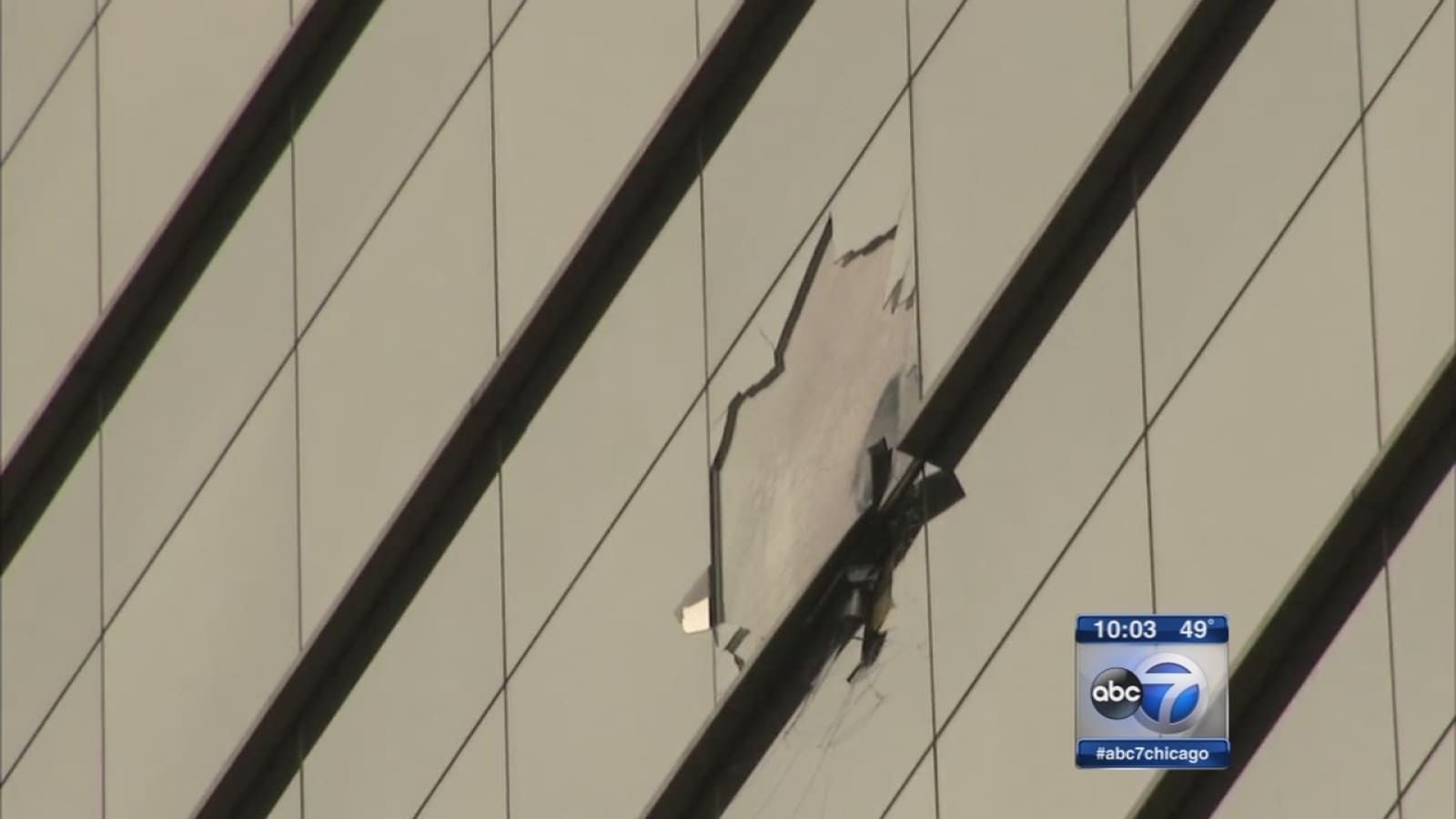
3. Lightning and Thermal Shock
Lightning strikes can cause immediate damage, particularly to tall masonry structures. The sudden extreme heat can crack stone, brick, and mortar. In July 2024, a tornado near Chicago's O'Hare Airport brought wind gusts more than 80 mph, highlighting the severity of such storms. In addition, the rapid temperature rise and fall from a storm can accelerate masonry restoration needs by worsening pre-existing weaknesses.
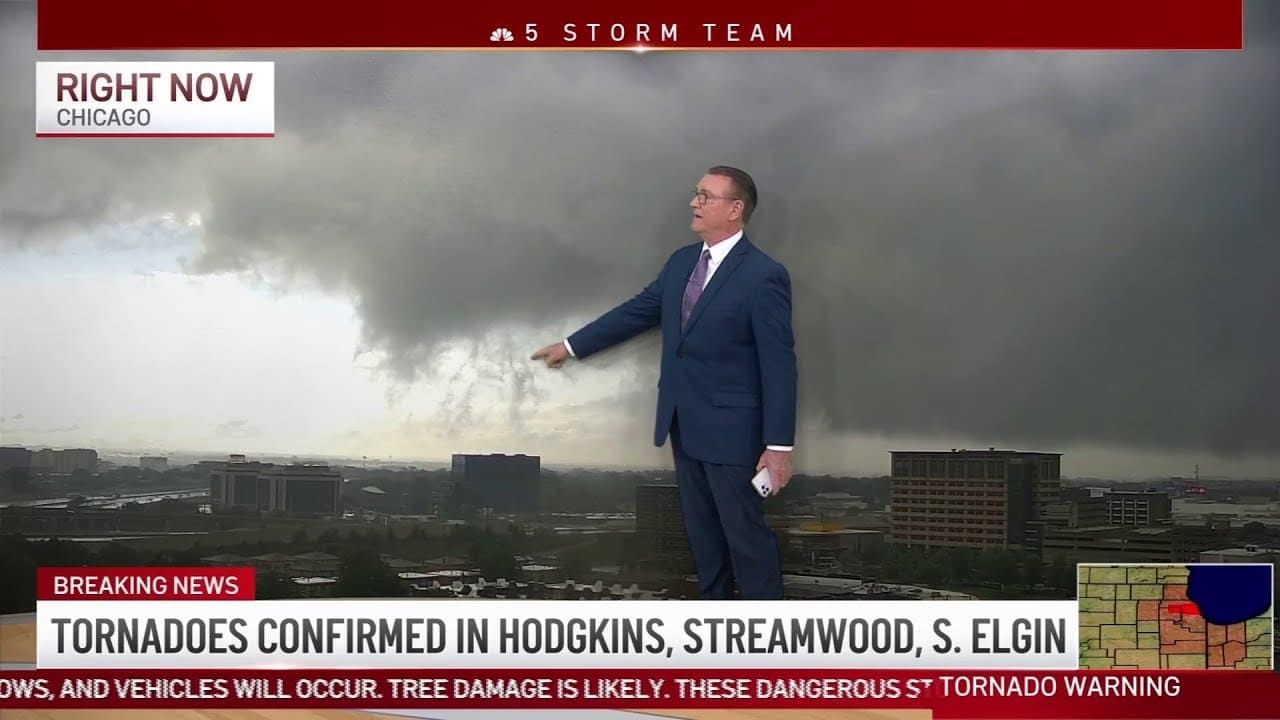
Key Maintenance and Restoration Strategies
Routine Inspections
A thorough inspection before and after storm season can catch minor issues before they become major problems. Focus on:
- Mortar joint deterioration
- Cracks in facades and balconies
- Water stains or efflorescence (white salt deposits)
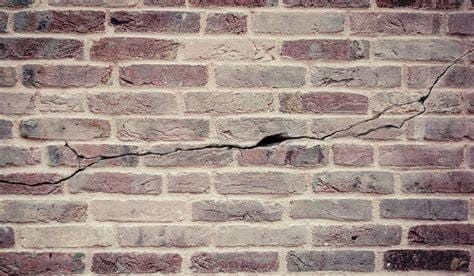
Protective Coatings and Sealants
Applying breathable water repellents can help prevent moisture infiltration without trapping water inside your masonry. Commercial sealant repair services ensure that expansion joints and control joints remain intact, reducing water penetration risks.
Masonry Cleaning and Tuckpointing
Over time, pollutants and biological growth weaken masonry surfaces. Restorative masonry cleaning can remove contaminants, while tuckpointing restores deteriorated mortar joints, preventing further damage.
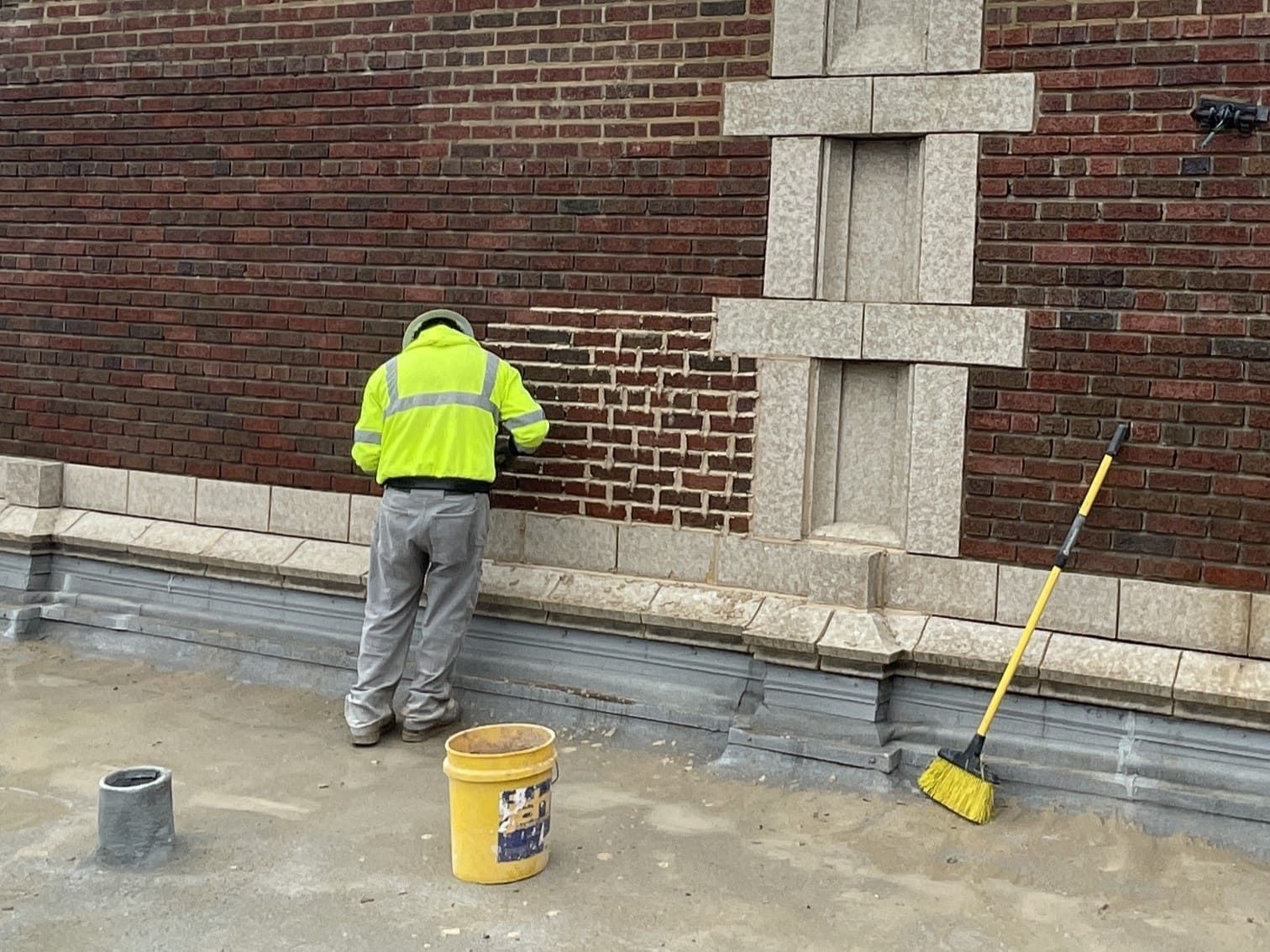
Why Proactive Maintenance Matters
Ignoring storm-related masonry damage can lead to:
- Structural instability
- Increased restoration costs
- Liability concerns due to falling debris
- Energy inefficiency from compromised building envelopes
RestoreWorks: Your Partner in Masonry Restoration
At RestoreWorks, we specialize in commercial masonry restoration services, helping your building remains structurally safe and aesthetically preserved.
Contact us today to schedule an inspection and protect your building from Chicago’s unpredictable summer storms.

